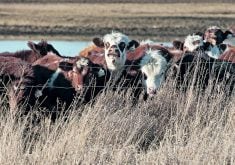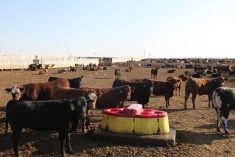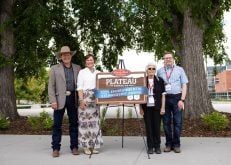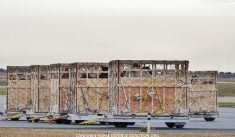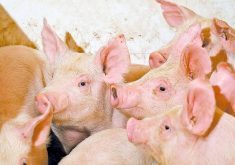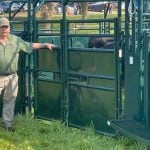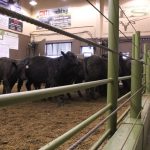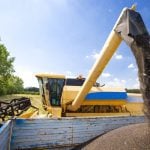It doesn’t work for every cow, but stockpiling pasture for later use can be an important part of a grazing-management system.
“This is a system that works for us,” Iain Aitken told attendees at the recent Western Canadian Grazing Conference at Vermilion.
“It works at our place with our management and our kind of cattle and I’m not able to claim that it’s right for every situation.”
Aitken, who moved to Alberta from Scotland in 2000 and bought his ranch west of Rimbey in 2001, was one of two conference speakers who spoke about stockpiling grass for use at a later date. Aitken doesn’t just bank grass for winter grazing; he uses it at various times of the year including spring and late fall.
Read Also
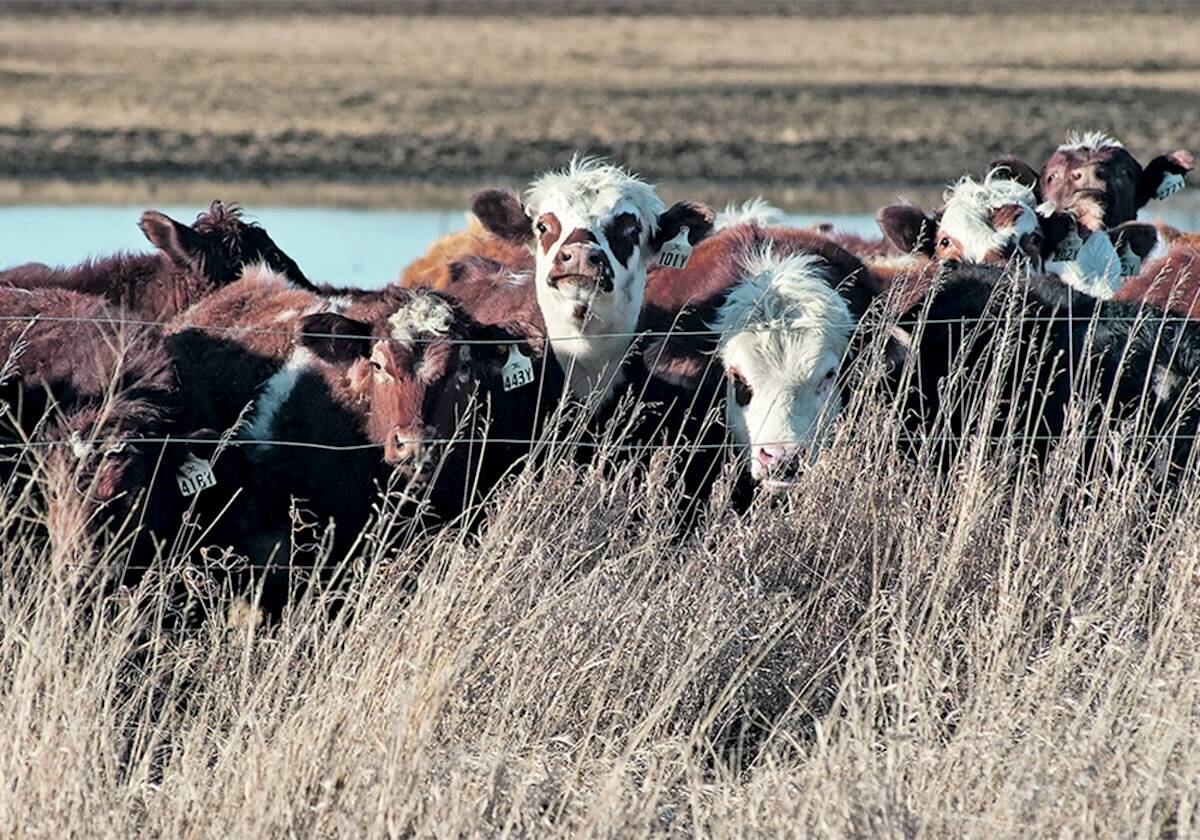
Alberta Beef Producers announces withdrawal from Canadian Cattle Association
Alberta Beef Producers announced its withdrawal from the Canadian Cattle Association, effective July 1, 2026.
He is able to grow marginal grain and good grass at his farm which is at the edge of the black soil zone. His strategy involves renting pasture and buying some winter feed.
He runs 400 cattle on 1,600 acres in the summer and winters about 300 cattle.
“The only thing we have to bear in mind is that any time we rent pasture or graze cattle in the winter on rented land, we’re not increasing the fertility of the home place,” he said.
His system is based on the philosophy of grazing as long as possible and maximizing the production of grass. Tests have shown the quality of his grass is adequate.
“Running cows on a lowerquality grass means that you have to use cattle that are adapted to that system,” he said. “It’s not a system for every type of cow.”
Aitken uses Luing cattle, a Scottish breed developed to thrive on low-quality forage. The breed developed from a Highland/ Shorthorn cross, and has a good hair coat which protects them adequately in the winter.
Luing cattle are wedge shaped with a big gut capacity to handle a high volume of low-quality forage, so they work well in his system, which focuses on providing large volumes of lowerquality grass. Aitken doesn’t believe winter stockpiling is a good system for first-calf heifers or skinnier older cows. Instead, these cattle are fed silage or straw during the winter, while mature cows in good body condition are streamed to his winter grazing system. If cows graze in late fall without snow cover, they will take everything off a field, he cautions. This is not a problem in his system, as he allows the pasture to adequately recover before putting cows out on it again.
Cattle slow down when they graze a pasture that has been covered with snow, and this allows for an adequate cover of litter on the ground.
Planned grazing
Aitken does not spray, swath or bale his grass, or use fertilizer. However, his system does involve setting up a grazing plan, knowing what will be available and when it should be grazed. The cattle and grazing conditions need to be monitored, especially during the winter, when conditions can change suddenly. He checks his cows frequently, particularly during the fall and winter.
Grass begins growing from the end of April to early May. During this period, there is good weather with only an occasional storm and no snow cover, said Aitken. He advised producers not to graze on banked grass that is covered with snow, because wet grass is easily trampled.
Stockpiled grazing usually involves one or two passes on a pasture during a season, in order to allow the grass to regenerate.
“There’s a good opportunity there and a window to graze grass if you’ve got it,” he said.
His cows begin calving on grass April 20. He believes that this has reduced both stress in his herd and calving difficulties. Calves are weaned around the first of November.
He fattens his cows until the end of December, and then lets their body condition drop a bit. Cows graze until February, and go on a winter silage and straw ratio during February and March, which helps to maintain their condition.
“When they hit the fresh grass in the spring, they do tend to slide in condition,” Aitken said. “But one thing that helps them is with our system, they’re coming off banked grass in late May or early June, and we’re into a period of maximum growth of grass.”
Cows get their water from eating snow during winter grazing, except for first-calf heifers, which have free access to water.
———
“Theonlythingwehave tobearinmindisthat anytimewerentpasture orgrazecattleinthe winteronrentedland, we’renotincreasing thefertilityofthehome place.”
IAIN AITKEN



